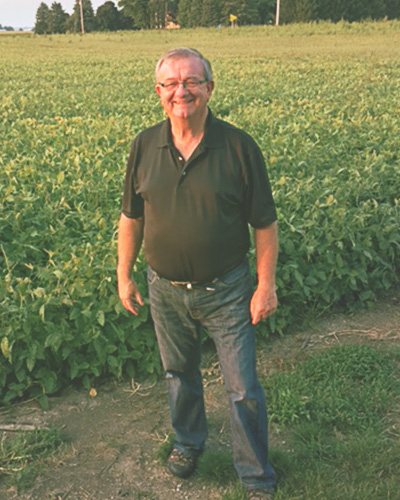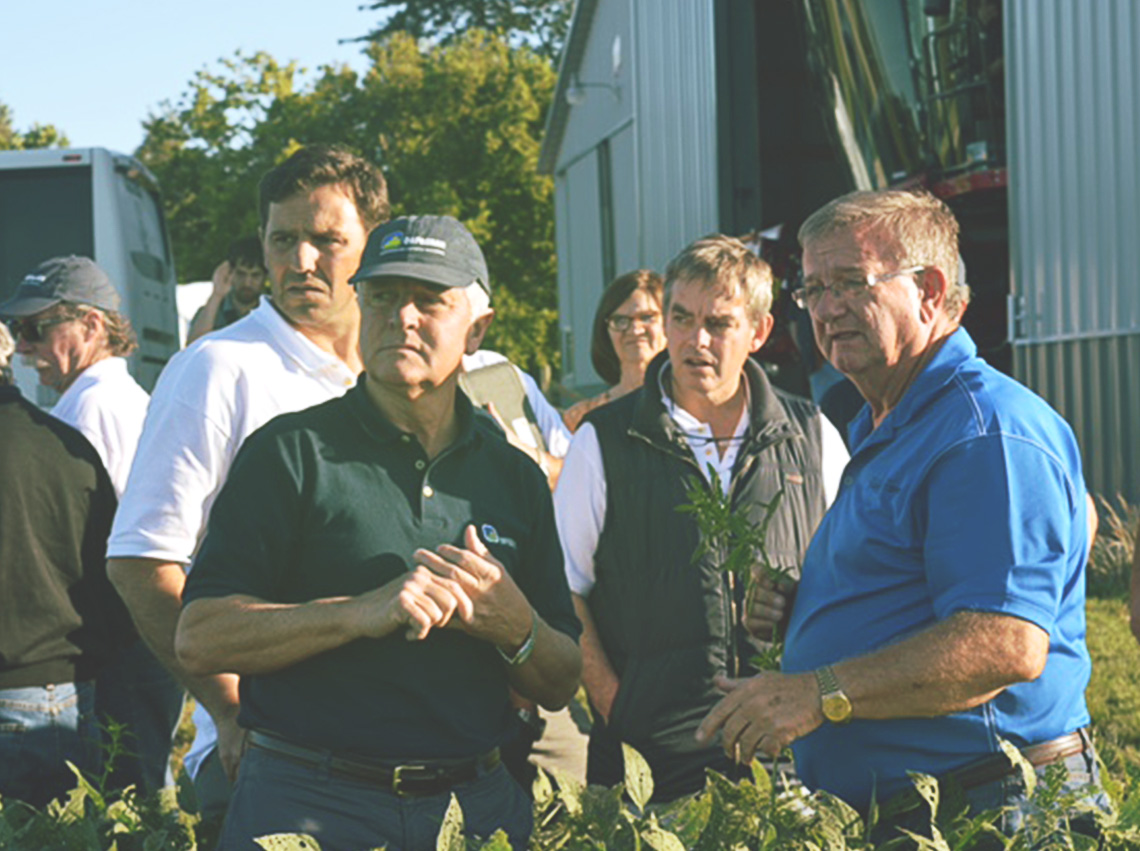Daniel’s story:
Making Every Acre Matter
United States

Name
Daniel Kelley
Location
Illinois
Farm Type
Corn, soybean
Dan Kelley has been growing corn and soybeans on his family farm in Illinois for decades.
“During my lifetime I have seen corn yields on the same land increase from 125 bushels per acre to over 200 bushels per acre,” he says. “Much of this increase has occurred in the last 15 years due to improvements in seed technology. That coupled with dramatic changes in the size of farm equipment (planters that were 13 feet wide in 1960 are 60 feet or wider today and large tractors used to be 100 horsepower and today they are 450 horsepower or larger) has allowed one person to farm hundreds of acres and thus be among the world’s most efficient producers.”
Dan also attributes the United States’ successful agriculture business on having access to the latest seed technology as well as research information on efficient use of fertilizers, water, and pesticides.
We are also fortunate to have access to markets through roads, rivers, ports, and processors to move our production through the food chain.
Dan believes that by linking farmers in the developed world, with those in the developing world through farmer information exchanges, US farmers can pass on their knowledge on successful farming strategies. He recently hosted a delegation of farmers from Uruguay at his Illinois farm.
One major concern in the US currently, is that agriculture must limit its impact on the environment. “When it comes to crop production, every acre matters,” Dan says. “The farmers of the USA have increased production per acre while utilizing not only 21st seed technology but being conscious of environmental concerns. We realize maximizing production on our best soils means that we do not need to crop fragile land that may be forested or highly susceptible to erosion. Many of us are utilizing “filter strips” along creeks and rivers to reduce the amount of soil that might leave the farm.”
Dan’s calls to action:
Independent public research is still important. This is what has lead to successful agricultural production in the US throughout the 20th century.
Farmers can help others throughout the world through the exchange of best farming practices. However, we must recognize cultural and sometimes governmental differences that are challenges in the successful adoption of some practices.
Good quality soils and adequate supplies of fertilizers delivered through an efficient network of cooperatives and independent dealers are crucial. So is on farm research to determine optimum amounts of nutrients to apply and maximize our economic returns. We believe in the 4Rs when applying nutrients-the right product, the right rate, the right time, and the right place.






